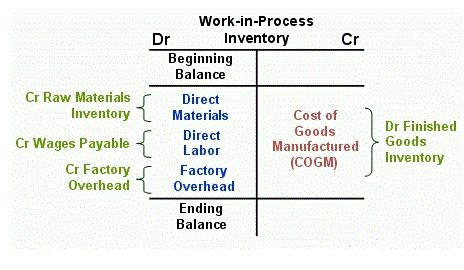
Both amortization and depreciation are systematic cost allocation methods designed to spread the cost of an asset over its useful life. Their purpose is to match the expense of using an asset with the revenues it helps generate. Both processes reduce the asset’s value on the balance sheet and create an expense on the income statement, ultimately impacting a company’s reported profitability. These methods are to accrual accounting, which recognizes revenues and expenses when they are incurred, regardless of when cash is exchanged. Intangible assets are non-physical resources that provide long-term economic benefits to a company. They lack a physical form but hold value due to the rights they confer or the competitive advantages they provide.
CompanyCompany
Explore how companies systematically spread the initial cost of their non-physical business advantages across their useful life. Dummies has always assets = liabilities + equity stood for taking on complex concepts and making them easy to understand. Dummies helps everyone be more knowledgeable and confident in applying what they know.
Struggling with Financial Accounting?
- These methods are to accrual accounting, which recognizes revenues and expenses when they are incurred, regardless of when cash is exchanged.
- Only intangible assets that are purchased are recorded by a business.
- Building up a good reputation with customers or establishing a well-known brand is not recorded as an intangible asset.
- These assets are often developed internally or acquired from other entities.
- Dummies has always stood for taking on complex concepts and making them easy to understand.
- A business must expend cash, or take on debt, or issue owners’ equity shares for an intangible asset in order to record the asset on its books.
The different terminology reflects the distinct ways these asset types decline in value; tangible assets wear out or become obsolete physically, while intangible assets expire legally or economically. Intangible means without physical existence, in contrast to buildings, vehicles, and computers. Amortization refers to the allocation of the cost of an intangible asset https://macaraleoradea.ro/how-to-calculate-liabilities-formula-and-examples/ over its estimated economic life. The specific accounting method used to spread the cost of an intangible asset over its useful life is called amortization. Amortization systematically reduces the recorded value of an intangible asset on the balance sheet while simultaneously recognizing an expense on the income statement. This process aligns with the matching principle, an accounting concept that dictates expenses should be recognized in the same period as the revenues they help produce.

Understanding Intangible Assets and Amortization Expense
Only intangible assets that are purchased are recorded by a business. A business must expend cash, or take on debt, or issue owners’ equity shares for an intangible asset in order to record the asset on its books. Building up a good reputation with customers or establishing a well-known brand is not recorded as an intangible asset. Accounting for this decline accurately represents a company’s financial performance and position. Spreading the cost of these items over their benefit period provides a clearer picture of profitability by matching the expense of using an asset with the revenue it helps generate.


These assets are often developed internally or acquired from other entities. They are recorded on a company’s balance sheet at their acquisition cost. Conversely, depreciation is the term used for allocating the cost of tangible allocating the cost of intangible assets to expense is referred to as assets, which are physical assets that can be touched and seen. Examples of tangible assets include buildings, machinery, vehicles, and office equipment.
- Accounting for this decline accurately represents a company’s financial performance and position.
- They are recorded on a company’s balance sheet at their acquisition cost.
- Their purpose is to match the expense of using an asset with the revenues it helps generate.
- Explore how companies systematically spread the initial cost of their non-physical business advantages across their useful life.
- Both amortization and depreciation are systematic cost allocation methods designed to spread the cost of an asset over its useful life.